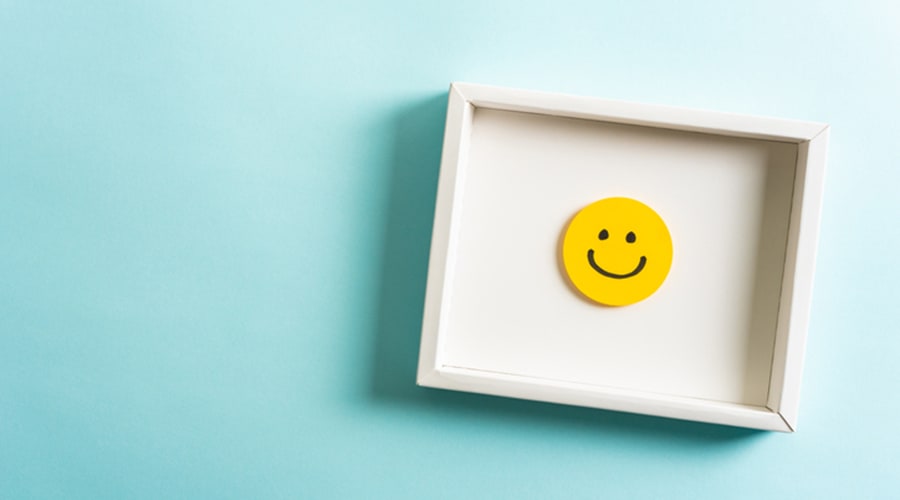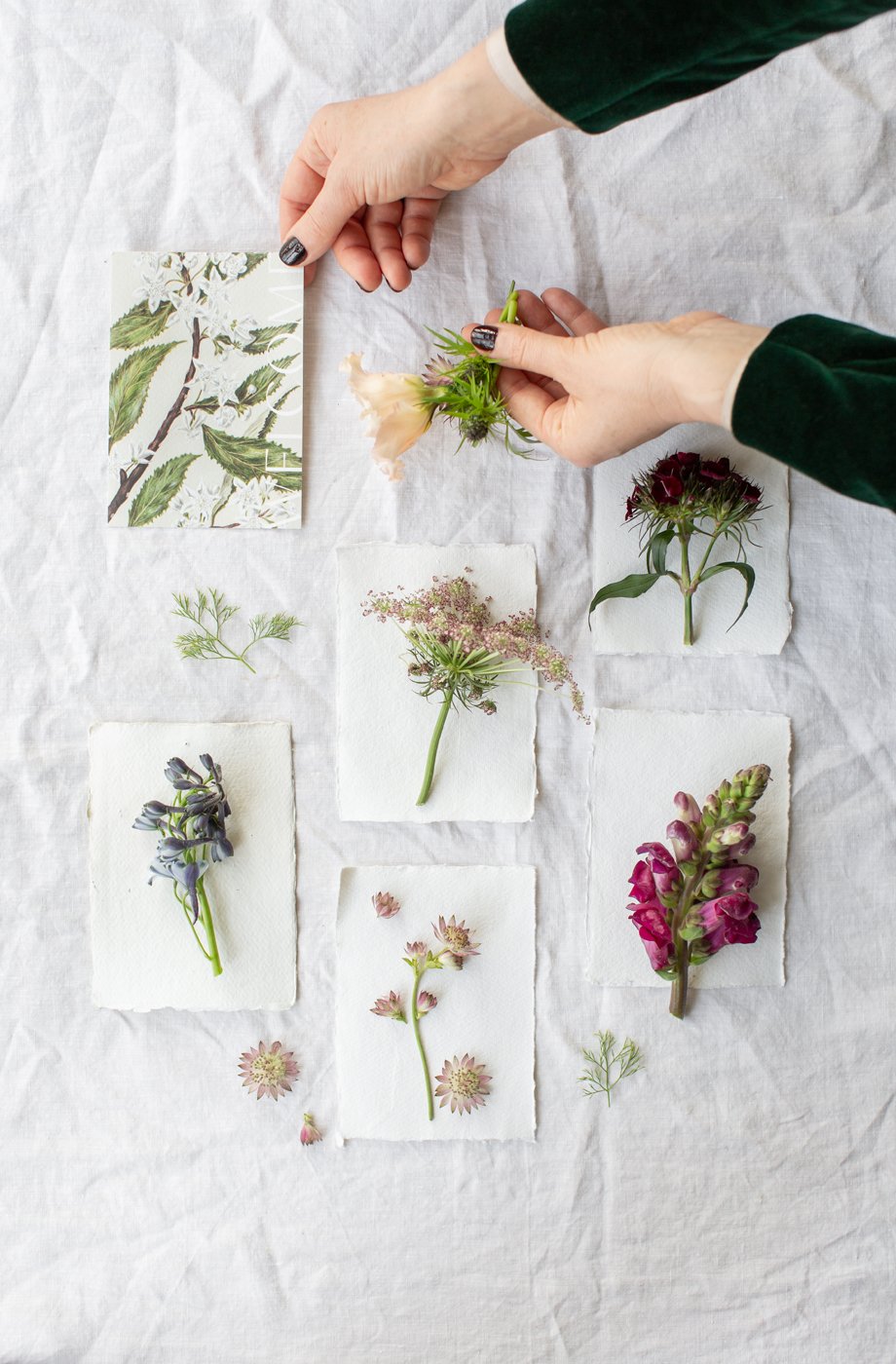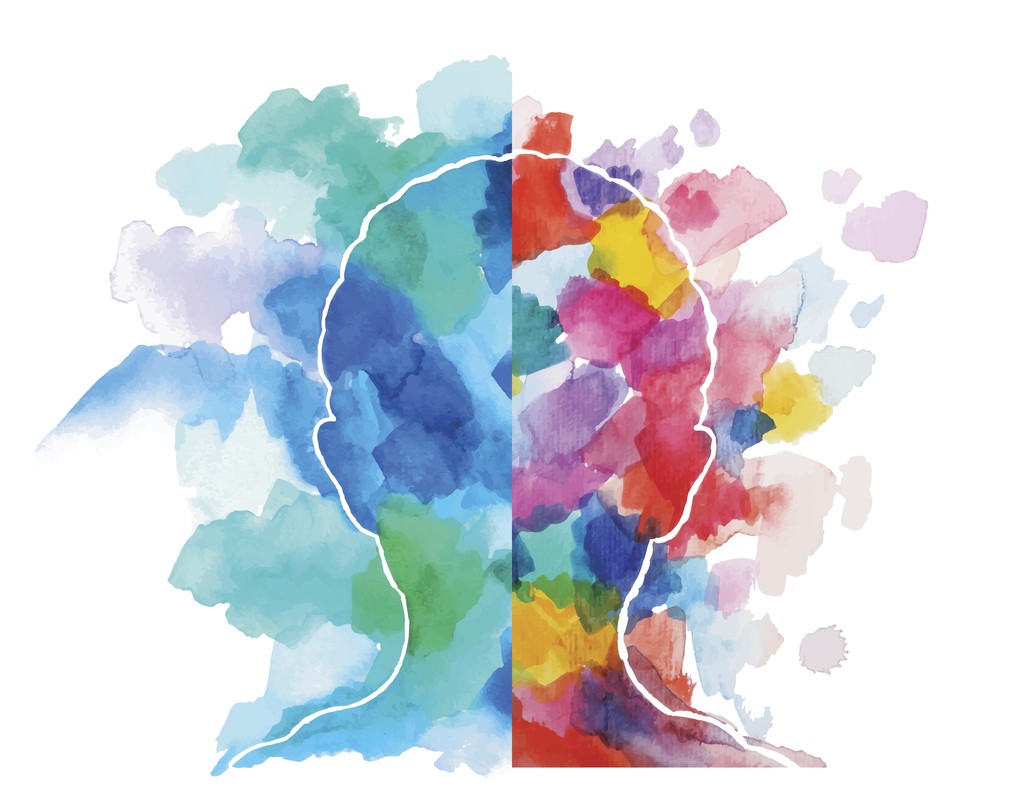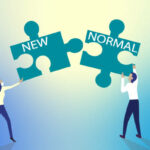Positive Psychology and Cultivating Happiness
Various authors in the field of positive psychology have provided insights and practical strategies for cultivating happiness. They emphasize cultivating positive emotions, engaging in fulfilling activities, nurturing relationships, finding meaning and purpose, setting clear goals, practicing mindfulness, and developing resilience. Each person’s path to happiness is unique, so it’s important to explore these strategies, experiment, and reflect to find what works best for oneself.
Read More









